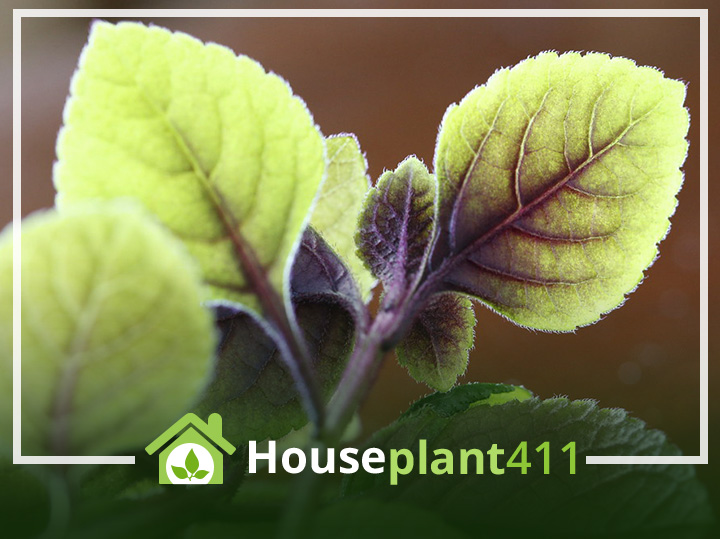Swedish ivy is a perennial vine that grows in U.S. Department of Agriculture plant hardiness zones 9 through 11 and as far north as Canada. It’s also known as Plectranthus australis, although the two names are interchangeable. The plant can grow up to 6 feet tall with dark green leaves that have light green veins and serrated edges, making it easy to identify when you see it in the wild or at home.
The flowers on Swedish ivy come in shades of white or yellow; they’re small clusters at first but become larger as they age into fall blooms, which appear from late summer until early winter, depending on where you live (where winters are milder). Their scent resembles cinnamon or citrus fruit rinds–not unpleasant but not overly fragrant either!
Swedish ivy (Plectranthus australis) is a popular houseplant, but it can be toxic. If you have kids or pets, or if you’re just worried about toxicity levels, then read on. We will discuss the details of Swedish ivy toxicity and how to ensure that your home remains safe from this potentially dangerous houseplant.
What Is Swedish Ivy?
Swedish Ivy, also known as Plectranthus australis, is not considered highly toxic to humans, but it may cause some mild symptoms if ingested, such as nausea, vomiting, and diarrhea.
However, Swedish Ivy is toxic to pets, especially cats and dogs, as it contains essential oils that can cause gastrointestinal upset, skin irritation, and even liver damage. If you suspect that your pet has ingested Swedish Ivy, you should seek veterinary attention immediately.
It’s always a good idea to keep all plants out of reach of children and pets and to educate yourself on the potential toxicity of any plant you have in your home. Keeping plants away from children and pets can also help them grow and reach their full potential, be it in size or in the kind of vibe and smells they exude.
Troubleshooting Swedish Ivy
If you’ve got a toxic ivy plant, there are a few things to keep in mind. First of all, if your pet eats one and shows signs of poisoning (such as vomiting or diarrhea), contact your veterinarian immediately.
If you have children around the house who might be tempted to pick up the ivy leaf on their way through the yard, tell them not to touch it–even if they aren’t allergic! The sap in Swedish ivy plants contains chemicals called urushiols that cause severe irritation when they come into contact with human skin or eyes.
You may witness a few symptoms if exposed to these oils directly through touch or ingestion by mouth (such as eating an unwashed fruit). These symptoms may include itching around areas where urushiols have been absorbed into the bloodstream; swelling of lips/tongue/throat due to swelling caused by histamine release from mast cells (the same thing happens when we get stung); blisters around areas where urushiols entered through broken skin.
Should You Keep Your Pets and Kids Away from Swedish Ivy?
If you have kids or pets, you should keep them away from the Swedish ivy plant. The reason for this is that the berries of this plant can be toxic to them if ingested.
If your child does manage to eat some of the berries and becomes sick as a result, it’s best not to panic; there are ways you can treat him or her at home until he or she gets better. In fact, most cases will resolve themselves within 24 hours without further intervention needed–but if symptoms persist longer than that (or get worse), then it may be time for a trip down to your local emergency room!
How To Handle a Toxic Swedish Ivy Plant
If you’re in possession of a toxic Swedish ivy plant, here are some tips to help you care for it safely:
- Wear gloves when handling the plant.
- Wash your hands thoroughly after handling it or any parts of it, including leaves and berries.
- Remove all parts of the plant that have been touched by other plants (including berries).
- Do not use this as an ornamental in your garden–it could potentially harm children or pets if they come into contact with it!
Maintenance Tips for Swedish Ivy
Swedish Ivy is a low-maintenance plant that only needs to be kept in a well-lit area. It can tolerate low light conditions but will thrive when exposed to bright sunlight. Avoid placing this houseplant in direct sunlight, however, as it may burn the leaves or even cause them to bleach out.
Keep the soil evenly moist at all times and do not let it get too dry or wet. You should water Swedish Ivy only when the top of its potting mix feels slightly dry or crunchy (you don’t want to overwater). Don’t fertilize Swedish Ivy because it’s an invasive species; if you do fertilize it accidentally with too much fertilizer, just discard any excess liquid outside rather than letting it run down into storm drains, where it might spread further downstream!
Finally: don’t prune Swedish ivy! This fast-growing vine easily escapes from pots and will soon take over your entire yard if left unchecked… so keep those scissors far away from this beautiful yet dangerous plant!”
Conclusion
I hope you’ve found this article helpful! I know that it can be frustrating to discover your favorite plant is toxic, but I think it’s important for us all to remember that not everything in nature is meant for human consumption. If you have a toxic ivy plant, don’t throw it out–just keep these tips in mind as you work with them and maybe even consider growing another type of vine instead.

